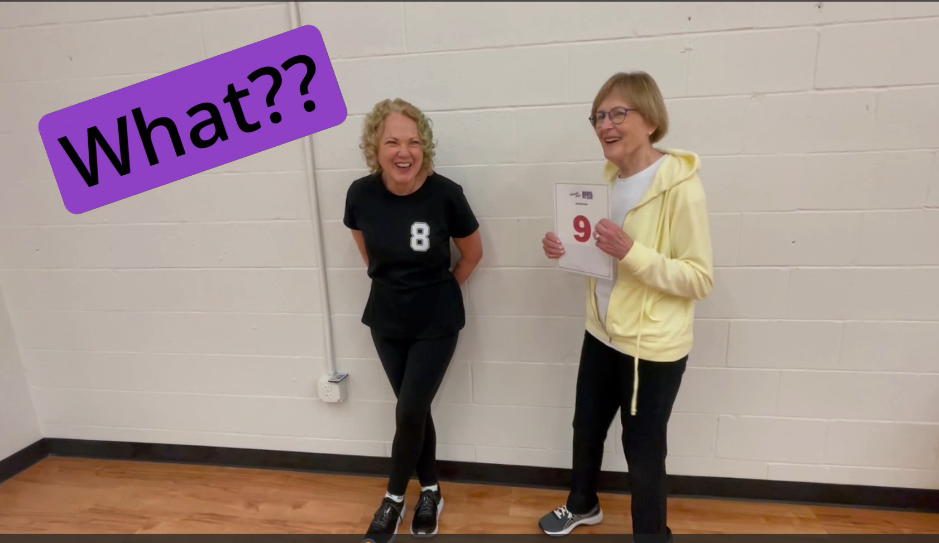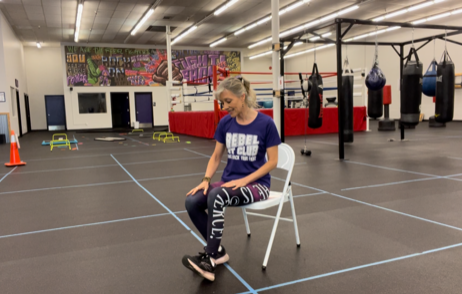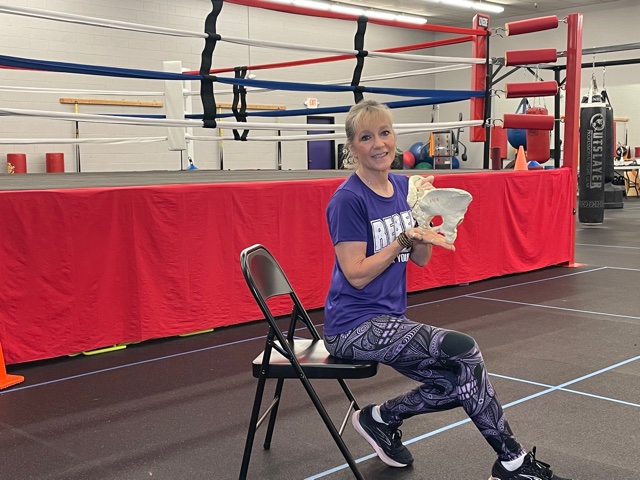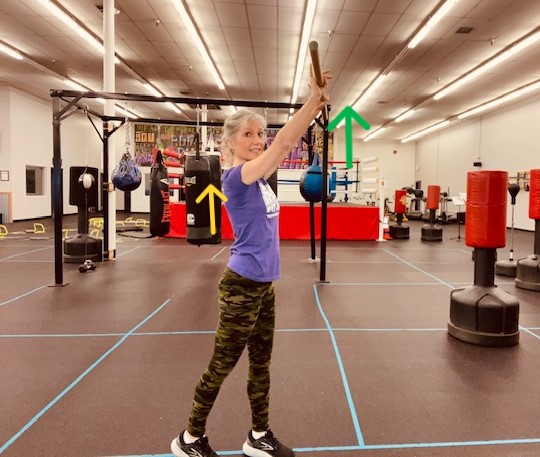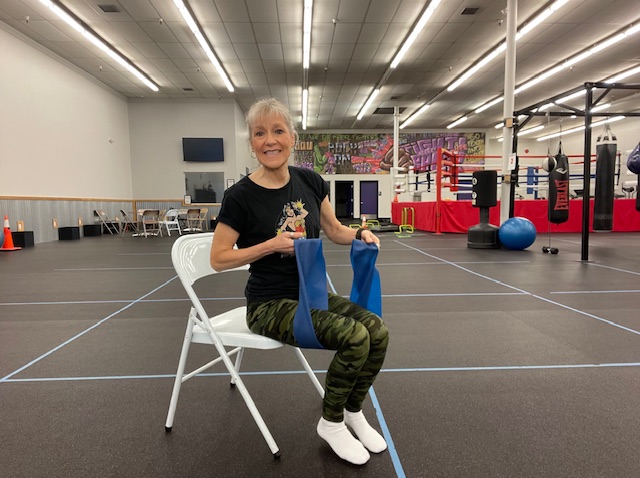
Strong glutes are vital for everyone, and especially if you have Parkinson’s. Your glutes are a very important muscle group for many reasons: they help balance your gait and stance, prevent falls, improve posture, and prevent back, hip, and knee problems. However, most of my private and group clients with back, hip, or knee pain couldn’t fire their glutes when we first started working together. This is very common!
Continue reading “Do This Seated Glute Strengthener To Treat Parkinson’s Weak Hips”